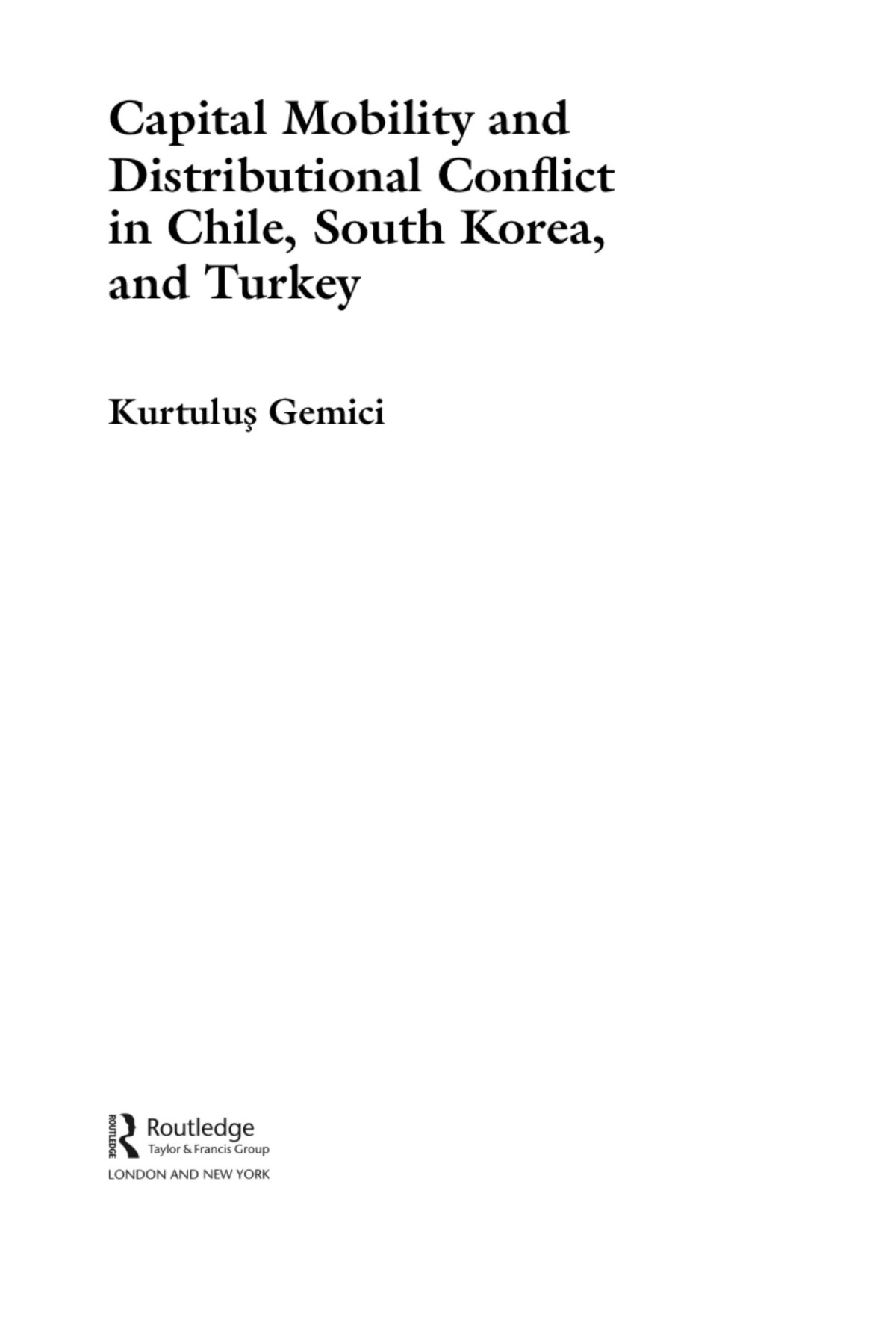

Most ebook files are in PDF format, so you can easily read them using various software such as Foxit Reader or directly on the Google Chrome browser.
Some ebook files are released by publishers in other formats such as .awz, .mobi, .epub, .fb2, etc. You may need to install specific software to read these formats on mobile/PC, such as Calibre.
Please read the tutorial at this link: https://ebookbell.com/faq
We offer FREE conversion to the popular formats you request; however, this may take some time. Therefore, right after payment, please email us, and we will try to provide the service as quickly as possible.
For some exceptional file formats or broken links (if any), please refrain from opening any disputes. Instead, email us first, and we will try to assist within a maximum of 6 hours.
EbookBell Team

5.0
48 reviewsWhy did many emerging countries pursue risky financial opening policies in a reckless manner, even after the painful example of the Latin American debt crisis? Unlike trade liberalization, which has mostly been beneficial in emerging countries, the removal of capital controls has led to boom-bust patterns in many countries. It is not simply driven by class or sectoral interests, nor is it just a result of ideational changes in policy-making circles, or international pressure. Gemici argues that to fully understand the motivation for these policies, we need to take into account distributional struggles prior to their enactment.
In this book, Gemici shows that conflictual distributional relations significantly increase the likelihood of capital account liberalization. Through in-depth comparative case studies, he also demonstrates that countries which liberalize in the most comprehensive manner tend to be the countries characterized by a high degree of distributional conflict. The case studies – Argentina, Chile, South Korea , and Turkey – have been chosen to maximise variation in distributional relations and to escape regional clustering, showing quite different trajectories of capital account liberalization.
This will be of great interest to readers in sociology, international political economy and heterodox economics, as well as specialists in the countries examined.
Table of ContentsPreface
List of Figures
List of Tables
1 Introduction: Distributional Relations and Capital Mobility
2 Boom, Crash, Restraint: The Politics of Taming Capital Flows in Chile
3 Embracing Hot Money, Rejecting Cold Money in South Korea
4 Premature Financial Opening and Boom-Bust Cycles in Turkey
5 Conclusion
A Distribution and Economic Growth
B Capital Mobility, Sectoral Cleavages, and Social Classes
C Perils of Capital Account Liberalization
D Measuring Capital Account Openness
E List of Interviewees
Bibliography
Index